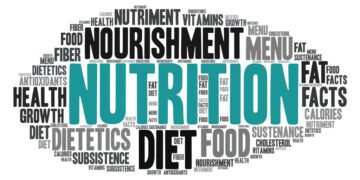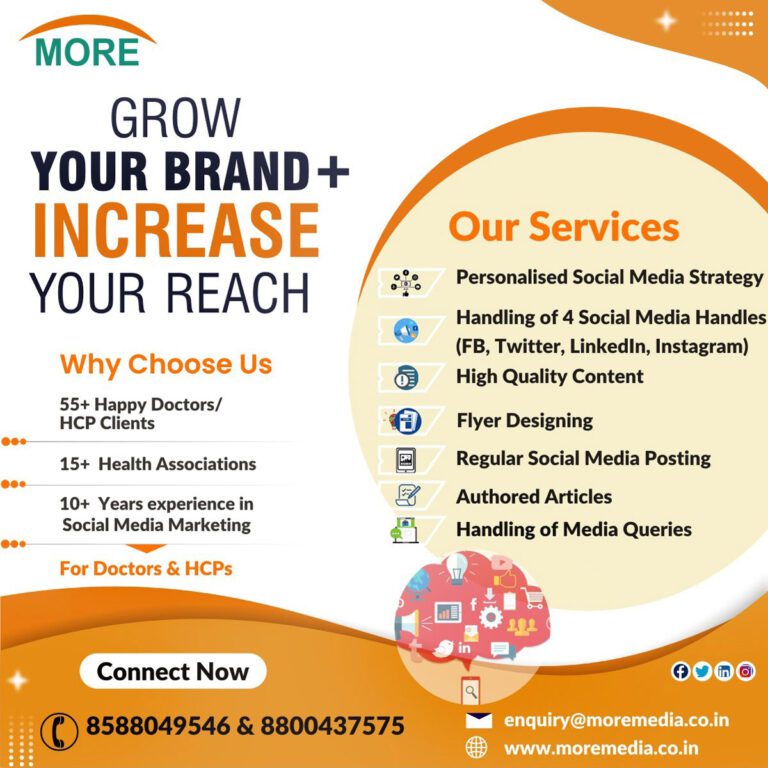Raheel Shah
The market research firm, AWACS reported that the Indian pharmaceutical market (IPM) grew by 14.1% in value and 7.3% in volumes in July on the back of strong growth across all therapy areas. IPM saw sales of Rs 15,921 crore during July. There has been double-digit growth in all therapeutic categories except anti-infectives.

The main growth factors that have driven the growth of the Indian pharma market are:
(a) The ability to leverage the opportunity available for Indian pharma companies due to expiry of the patent drugs across the globe
(b) ebbing of regulatory risks
(c)The adoption of various strategies to reduce the risk associated with dependence on China for key raw materials.
(d) an increased trend in private equity investments,
(e) solid fundamentals of the industry
By utilising these opportunities, CARE Ratings expects credit risk profiles of its rated entities to remain stable or positive during FY22 and FY23.
The growth of the above segments can be attributed to the monsoon-induced flu season as well as the bounce back in non-emergency surgeries. The fastest rising categories are respiratory, which increased by 22.3 per cent, followed by gynaecology, chemotherapy, urology, ophthalmology, pain, and derma, which increased by 24 per cent, 28.4 per cent, and 16.7 per cent. The resurgence of non-emergency procedures and the monsoon-related flu season may have contributed to the growth of the aforementioned segments.
In light of COVID-19’s phenomenal potential for supplying affordable, high-quality medicines, the COVID-19 pandemic has been enormously productive for the industry. The nation has also been making strides toward becoming a self-sufficient nation in terms of vital APIs and medical equipment. The pharmaceutical sector has not only introduced ground-breaking advancements in recent years, but it has also quickly increased its global distribution capacity for urgently needed medications. And today, with the world looking to India to produce the greatest medications at a reasonable price, earning more than ever the title of “Pharmacy of the World,” the Indian pharmaceutical industry is ready to achieve higher goals in the post-pandemic era.
Government Support for Production Boost
Despite producing drugs at some of the lowest costs in the world, many of the leading Indian drug manufacturing firms hold the capacity to serve both the Indian market and cater to the global supply of essential drugs. The government’s assistance and streamlining of pharmaceutical manufacturing through laws and initiatives has sped up the production of medications in India. Additionally, the government’s financial incentives for the creation of diagnostic tools and medical gadgets have boosted the country’s production without relying on imports. With the second-highest number of FDA-approved drug manufacturing facilities outside of the US, India has so far led the world in pharmaceutical manufacturing.
India has been the third-largest provider of generic drugs in the globe, offering the rest of the world cheap generics, vaccinations, and economical medications. In terms of both volume and value, India is currently one of the countries that produces the most affordable medications. The industry is estimated to be worth $37 billion, of which $18 billion comes from exports. We take great satisfaction in the fact that the Indian pharmaceutical industry, supported by structural cost advantages and cutting-edge manufacturing techniques, is able to produce high-quality, affordable generic medications for the entire world.
The writer is Director, BDR Pharmaceutical
Follow Health In Five on LinkedIn, Facebook, Twitter & Instagram
Subscribe on WhatsApp & Telegram to receive real time updates







































